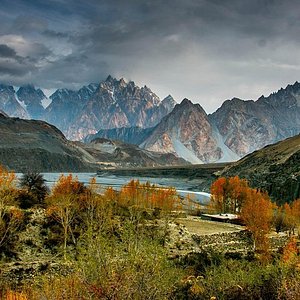Top Cultural Villages and Art Hubs to Visit in Pakistan
In the heart of Pakistan lies a shade of vibrant artistic townlets and art capitals, each telling a story of heritage, creativity, and community spirit. Across its denes, metropolises, and remote lands, these spaces serve as living libraries of traditional trades, while also fostering contemporary invention and collaboration. From townlets known for crockery and doll- making to centres nurturing ultramodern art, Pakistan’s artistic geography is richer and further different than numerous realise.
Conserving Tradition, Inspiring Change
Cultural townlets and art capitals play a binary part. On one hand, they guard crafts, chops, and stories that have been passed down through generations — crockery, cloth weaving, folk music, wood figure, and more. On the other hand, they give artists room to experiment to mix old and new, to reinterpret tradition for ultramodern cult. These spaces also support original husbandry, giving crafters outlets for their work and helping insure that artistic knowledge does n’t fade under pressure from globalization or civic drift.
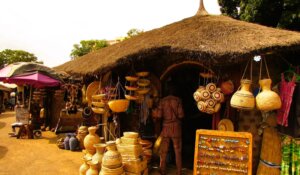
Notable exemplifications Across Pakistan
Art & Craft Village, Shakarparian( Islamabad)
One of the more visible capitals is the trades and Craft Village in Shakarparian, Islamabad. drafted in cooperation with native Potohari communities and original government bodies, it aims to bring crafters from across Pakistan — ranging from Tharparkar to Chitral — into one place. Craftspeople display fabrics, jewelry, woodwork, metalwork, and folk art. Workshops, artistic events and exhibitions held throughout the time make it a lively meeting point of indigenous styles. It’s a place where callers substantiation original crafts in action, purchase handwrought goods, and see how traditional art forms acclimatize and evolve.
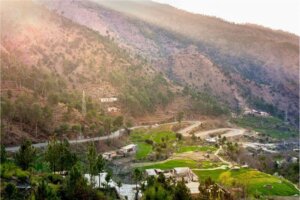
Thatta Ghulamka( Okara District, Punjab)
Frequently called Pakistan’s “ Doll Village, ” Thatta Ghulamka specializes in handwrought dolls and traditional toys. Original women are trained in designs and ways, enabling them to produce crafts exported beyond their immediate position. The vill demonstrates how a single, special craft form can come a defining identity for a community. It also highlights the part of craft in creating livelihood, especially for pastoral women.
Crockery townlets in Peshawar Region
In the northwestern Khyber Pakhtunkhwa fiefdom, townlets similar as Surizai, Masizai, and Hazar Khani continue the age-old craft of crockery. For generations, potters have shaped complexion into functional and ornamental particulars, fired them in traditional furnaces, and vended both locally and further amiss. Though these crafts face difficulties — rising material and transport costs, changes in demand — the townlets remain important in conserving chops, motifs, and traditional ways of life.
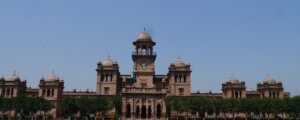
Gandhara Art Village, Taxila
Gandhara Art Village near the ancient point of Taxila serves as both homage and invention. It hosts artistic expositions, academy programs, art exhibitions, and heritage- grounded conditioning that draw on the region’s deep major roots in Buddhist, Gandharan, and Indo- Central Asian art. For illustration, events include folk songs, traditional games, and stalls displaying crafts and models, all set against the background of one of Pakistan’s UNESCO heritage firmaments. similar corners of heritage, education, and community produce meaningful ways for youngish generations to connect to the history.
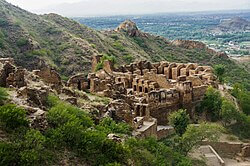
Impacts on Community & Culture
These artistic townlets and capitals are further than sightseer lodestones . They’re anchors in their communities. They help sustain intergenerational transfer of knowledge — children learning crockery, women learning embroidery, elders passing on stories. They also make pride in original identity townies see getting honored for art and culture as positive, staid work. Economically, the income generated from crafts, carnivals, exhibitions, and artistic tourism can help families and indeed entire townlets manage with challenges of pastoral areas where work is scarce.
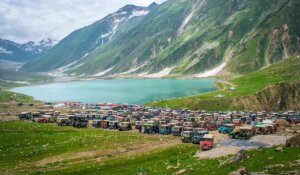
also, these capitals contribute to the broader public artistic ecosystem. They feed art institutions with new ideas, they encourage trial, and they remind civic cult of indigenous diversity. They also offer platforms for dialogue between tradition and fustiness, crafters and contrivers, original and global cult.
Challenges & Balancing Innovation
Conserving traditional trades in artistic townlets is not without challenges. Crafts may face competition from mass- produced goods; crafters may have limited access to requests; raw accoutrements , structure, or backing may be scarce. Another pressure is how to contemporize without losing authenticity — how to acclimatize designs, incorporate new accoutrements or aesthetics while maintaining what’s distinct about a craft. The successful capitals are those that maintain respect for tradition, while embracing invention that enlarges possibilities without erasing roots.
Conclusion
Cultural townlets and art capitals in Pakistan are guardians of heritage and machines of creative renewal. From Thatta Ghulamka’s dolls to the crockery townlets around Peshawar, from the Art & Craft Village in Islamabad to Gandhara Art Village in Taxila — each place keeps alive ancient chops, expresses original identity, and opens space for new cultural forms. Their impact is felt in livelihoods, in community pride, in indigenous diversity, and in the uproariousness of Pakistan’s artistic shade.
For anyone interested in trades, culture, or further aware trip, visiting these capitals offers further than beautiful objects — it offers stories, connections, and a vision of how tradition and invention can co-occur. Supporting these spaces — whether by visiting, copping crafts, sharing in shops, or simply spreading the word — helps insure that Pakistan’s cultural heritage thrives for generations to come.

